Riga Contemporary
10.7.2025 — 13.7.2025
Hanzas Perons, Riga, Latvia
Stand 2.17
OPENING OF THE FAIR
Thu, 10 July at 19.00
OPEN FOR VISITS
Fri, 11 July 11.00–19.00
Sat, 12 July 11.00–19.00
Sun, 13 July 11.00–17.00
The entry is free, but registration is required
On 10–13 July, the first edition of Riga Contemporary takes place, featuring presentations from more than 35 international galleries, including Kogo Gallery. Set within Hanzas Perons, a historic railway warehouse now transformed into a striking cultural venue, the event will provide a platform for contemporary art, showcasing both emerging and established artists and institutions from the region and around the globe. The fair is founded by Kim? Contemporary Art Centre.
We present works by Estonian artist Anna Mari Liivrand and Latvian artist Līga Spunde in a joint booth that showcases pencil and digital drawings as well as 3D-printed sculptures. Drawing is the backbone of both artists’ works, around which they create or deconstruct fantastical and decadent landscapes.
In her practice, Liivrand explores the themes of evanescence and melancholy in modern society. Her works focus on everyday rituals, ornaments and decorations, which she often examines from the perspective of self-creation and how they serve as anchor points in an ever-changing world filled with uncertainties and anxieties. Spunde’s digital drawings – where everything appears inflated like a balloon to create the impression of body and volume – take various forms, including two- and three-dimensional prints, cut-outs from selected materials, online exhibitions, games, and sculptural installations. The artist’s multimedia installations combine her personal experiences with speculative narratives and often incorporate elements inspired by subcultures, all of which she brings together to explore the beliefs and behaviour patterns of modern society.
Liivrand’s ongoing drawing series Crumbling Silhouettes (2025) represents the landscapes of decay and rebirth, which also speak to uncertainty, hope and allure. The silhouettes depicted in the drawings are reminiscent of ruins – imaginative relics of the past – yet they can also be viewed as shadows haunting the present. Among those shadowlike ruins, a diverse assortment of delicate and charming plants flourishes. Flowers that typically bloom at different times of the year, in these drawings, bloom all at once, thus reminding us of the medieval millefleur tapestries, where scenes of this kind were intended as depictions of paradise. However, the plants in this series, despite their enchanting nature, are in reality highly toxic. And so, once more, we are faced with the questions of what lurks behind us in the shadows and what is the nature of the new “paradise” emerging around us.
Spunde’s digital drawing diptych and sculptures – Eden is exhausted too – depict fantastical creatures and plants sourced from Plantentuin Meise, one of the world’s most extensive botanical gardens. The artist created these compositions of paradise and hell by using visual codes borrowed from the left and right panels of Dutch painter Hieronymus Bosch’s triptych The Garden of Earthly Delights, with footnotes woven in from the more unusual chapters of the botanical garden’s history. This way, Spunde underlines the problem of selfish consumption of natural resources. These human-made public gardens, filled with rare and beautiful plants, are created only at the expense of exploiting the land, communities and nature.
Another key source of inspiration in Spunde’s work is the field of cryptozoology, which originated in Belgium in the work of central figures such as Bernard Heuvelmans and Alika Lindbergh. Defined as a pseudoscience and subculture, cryptozoology studies folkloric or extinct animal species whose existence remains disputed or unverified. The worlds depicted in Spunde’s drawings resonate with the multitude of biomes represented in the vast greenhouse complex, an allusion to the unidentified and elusive creatures that might dwell within them – some of which appear to have escaped the drawings and dispersed as sculptures across the space.
Anna Mari Liivrand (b. 1993, Keila, Estonia) is an Estonian artist living and working in Tallinn. Her formal education includes a Master’s degree from the Contemporary Art Department (2022) and a Bachelor’s degree from the Sculpture and Installation Department (2016) at the Estonian Academy of Arts. She also studied fine arts at the Iceland University of the Arts (2015). She has been a recipient of the Estonian Cultural Endowment’s annual award (2021), the Eduard Wiiralt Prize (2020) and the Young Sculptor Prize (2014).
Liivrand’s recent exhibitions include Between Borders, Between Materials at the Estonian Museum of Applied Art and Design, Tallinn, Estonia (2025); White Dwarfs and All Those Beautiful Nebulas at Kim. Contemporary Art Centre, Riga, Latvia (2024–25); Emotional Landscapes at Arka Gallery, Vilnius, Lithuania; In the Shadows of Crumbling Silhouettes at Tütar Gallery, Tallinn, Estonia (2023); Still Lifes on National Motifs at the Estonian Museum of Applied Art and Design, Tallinn, Estonia; Prick of a Daisy at ARS Project Space, Tallinn, Estonia (2021); and Artishok Biennale Copy at Kai Art Center and public spaces in Tallinn, Estonia (2020). Kogo Gallery has presented Liivrand’s works at the Liste Art Fair Basel (2023) and Esther, New York (2024).
Liivrand’s works are part of the collections of the Art Museum of Estonia and private collections around Europe and the USA.
Līga Spunde (b. 1990, Riga, Latvia) is a Latvian artist living and working in Riga. Her formal education includes a Master’s degree (2016) and a Bachelor’s degree (2014) from the Visual Communication Department at the Art Academy of Latvia. She has also studied at the In Situ3 department at the Royal Academy of Fine Arts Antwerp (2015). Her graduation project The Hike was named one of the three best projects by graduates of European art academies. Spunde has been twice nominated for the Purvītis Prize (2022 and 2020) and was a recipient of the Kim? Contemporary Art Centre Residency Award (2023).
Spunde’s recent exhibitions include Episodes About Not Knowing at SLU Contemporary Art Gallery, Hammond, LA, USA; Magic Happens with David Attwood at KINGS, Melbourne, Australia; Measures at the contemporary art festival Survival Kit 15, the Latvian Centre for Contemporary Art, Riga, Latvia; Down the Rabbit Hole at MO Museum, Vilnius, Lithuania (2024); a panic attack on a sunny day at Tuesday to Friday Gallery, Valencia, Spain; Emotional Landscapes at Arka Gallery, Vilnius, Lithuania (2023); My Bitter Sweet Frankenstein Body at Titanik, Turku, Finland; and Screen Age III: Still Life at Riga Photography Biennial, Riga Art Space, Riga, Latvia (2022). Kogo Gallery has presented Spunde’s works at Esther, New York (2025) and Around Video, Lille, France (2022).
Spunde’s works are part of the collections of the Latvian National Museum of Art, the VV Foundation, Signet Bank, SEB, the Zuzāns Collection and numerous private collections worldwide.

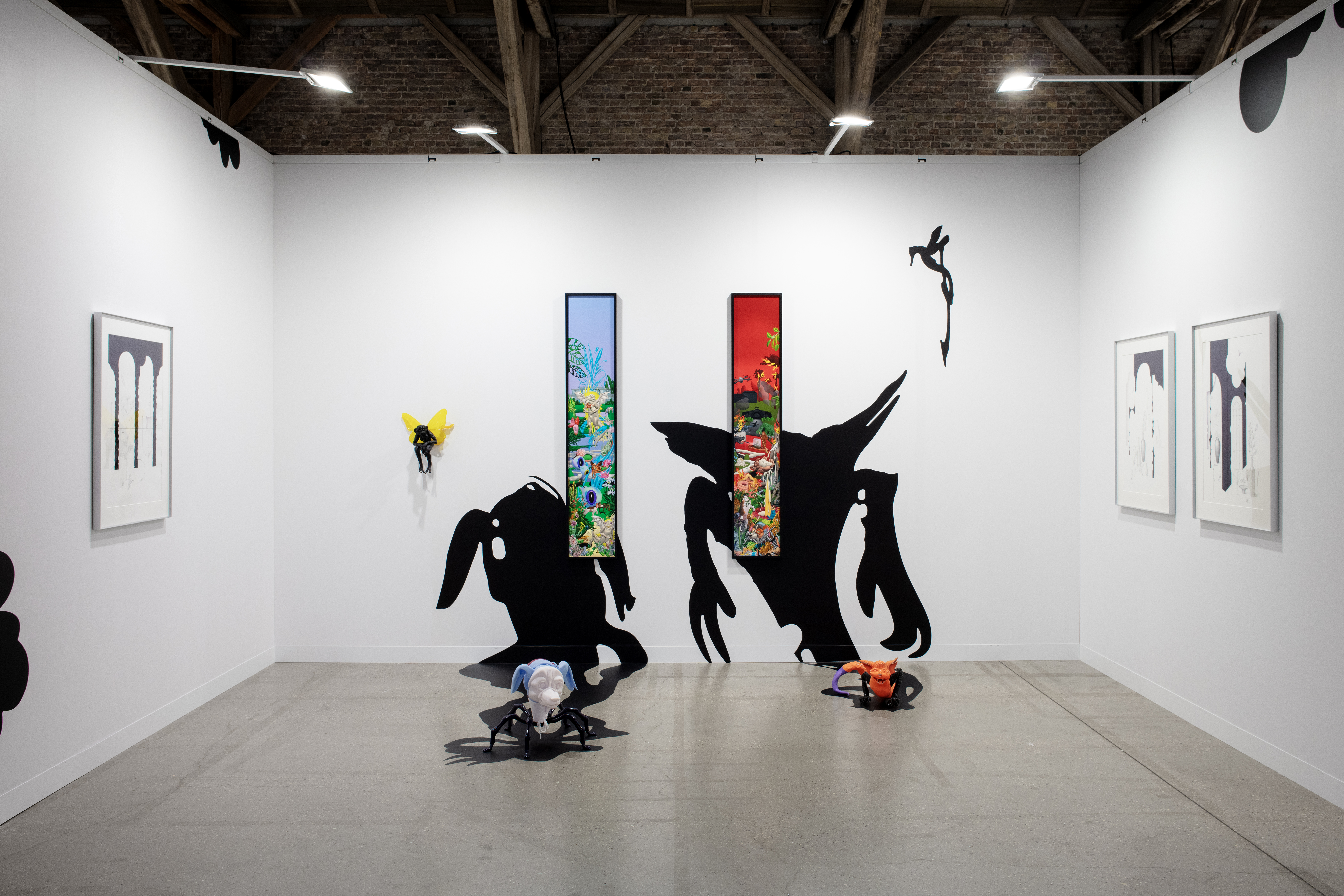
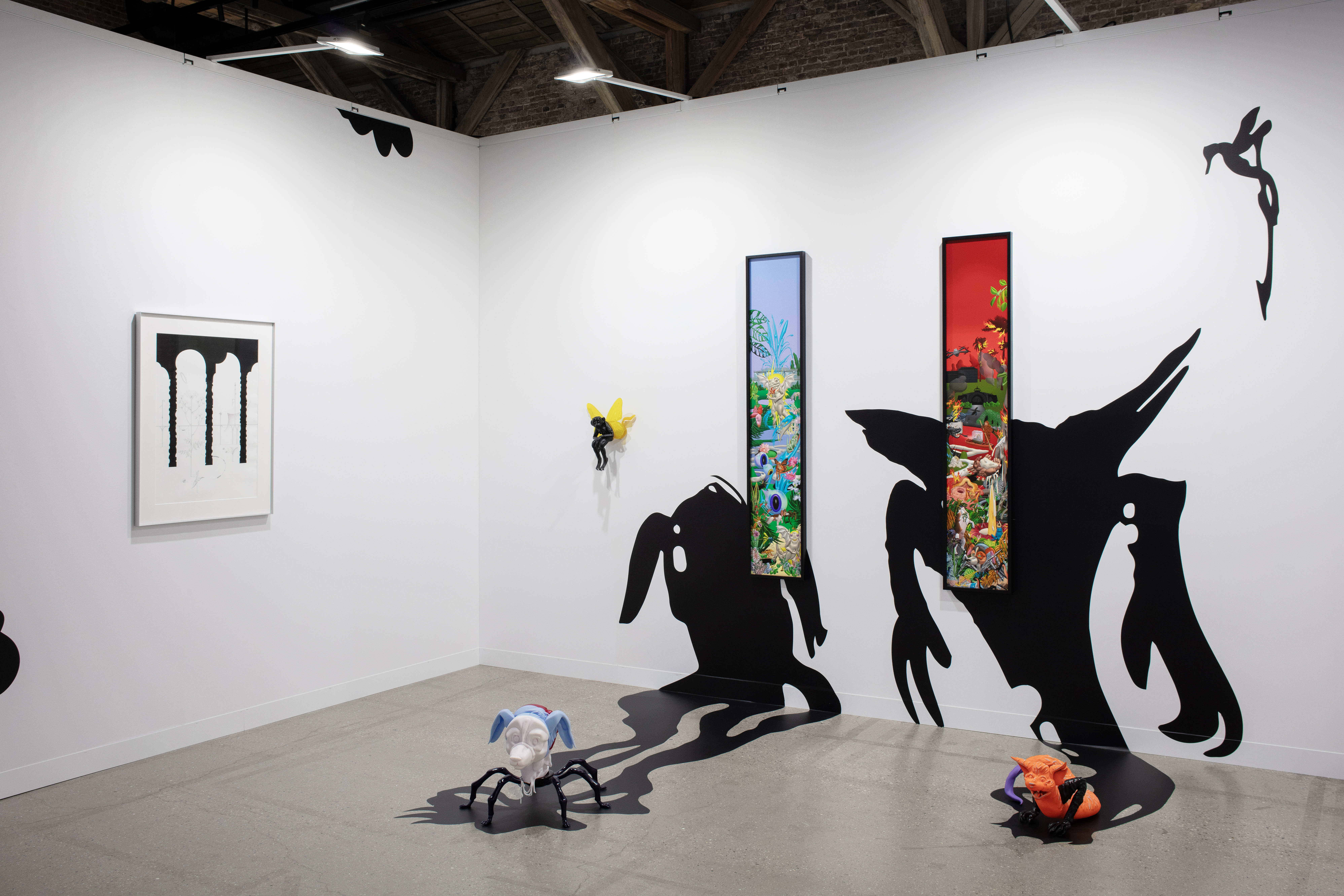
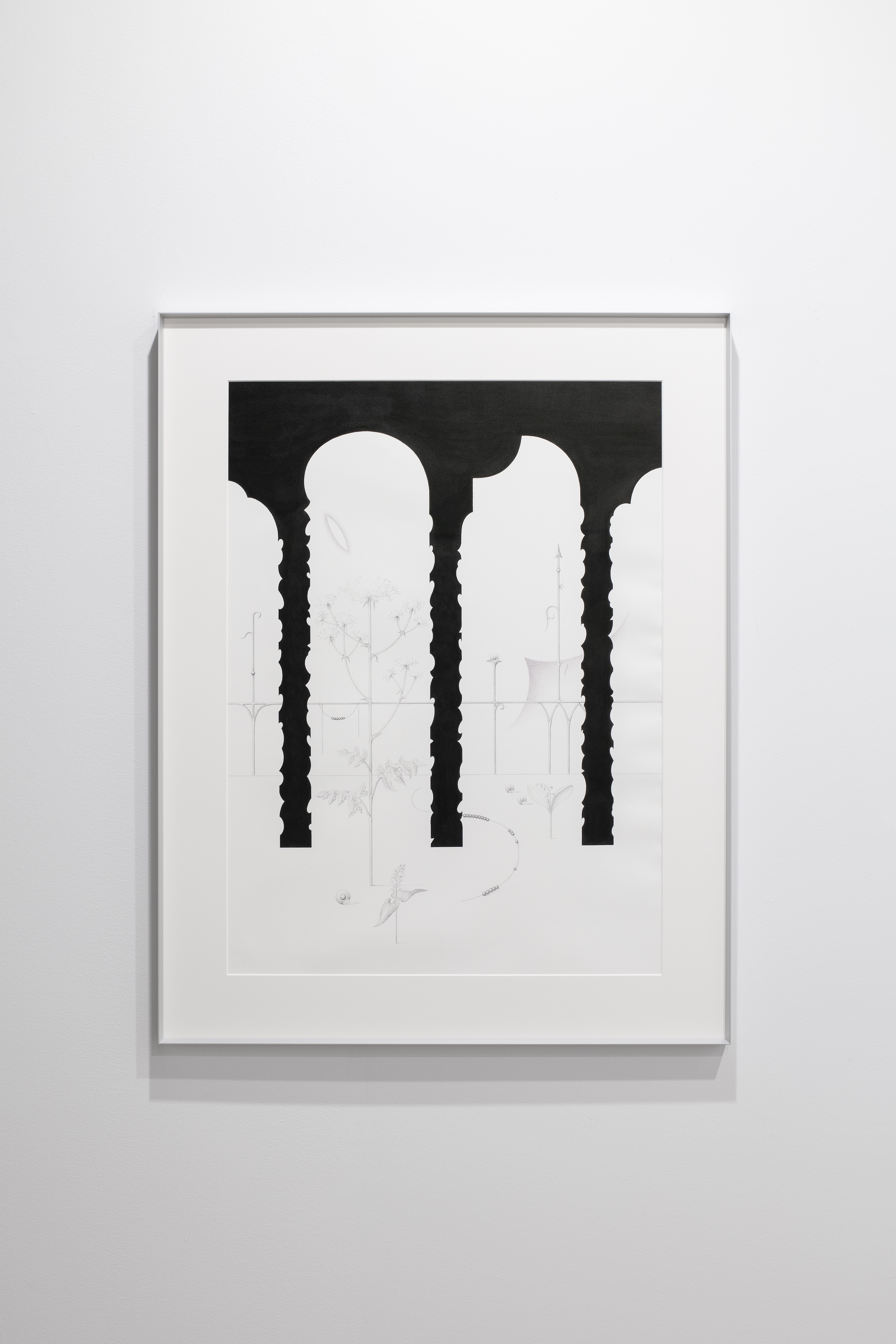
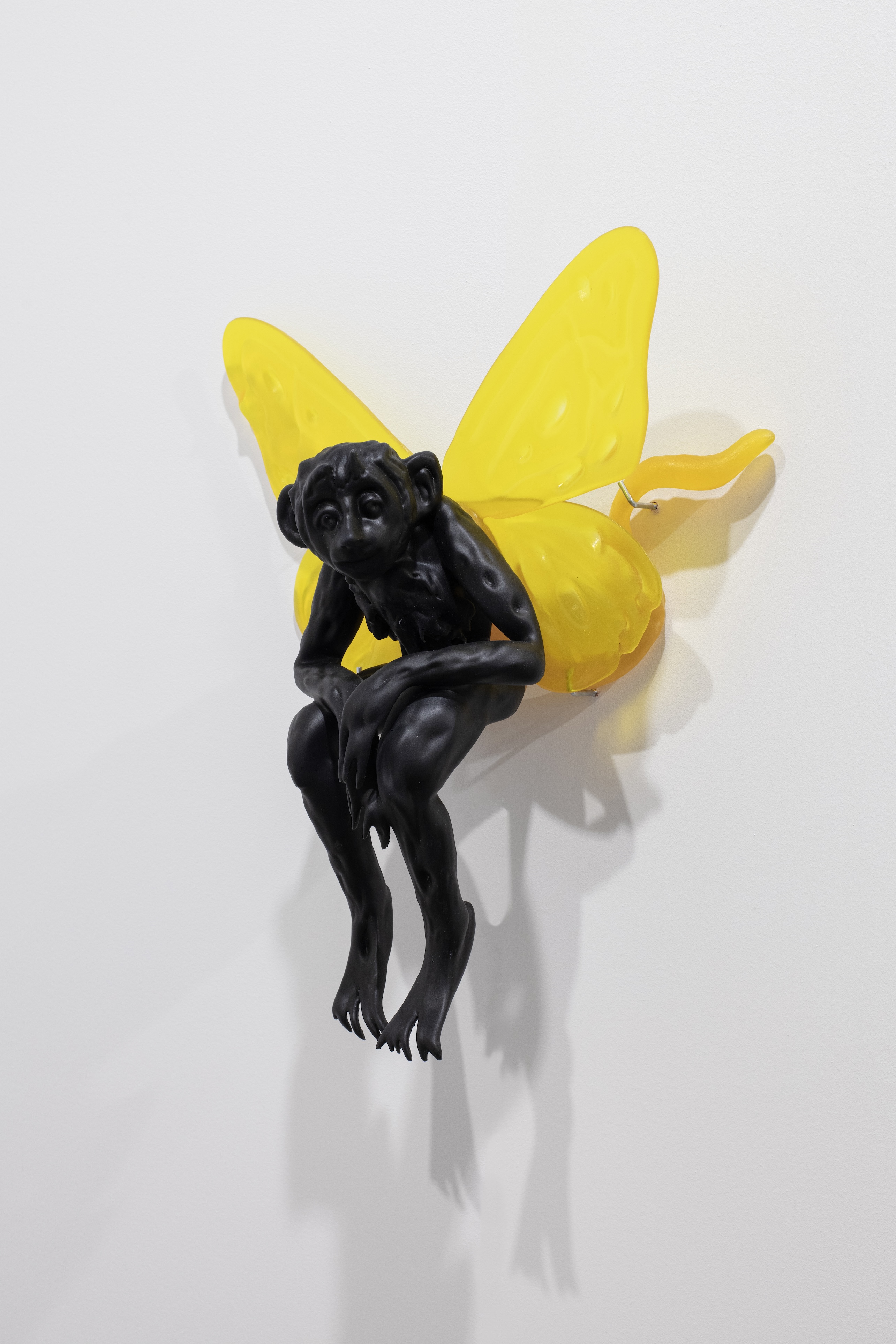
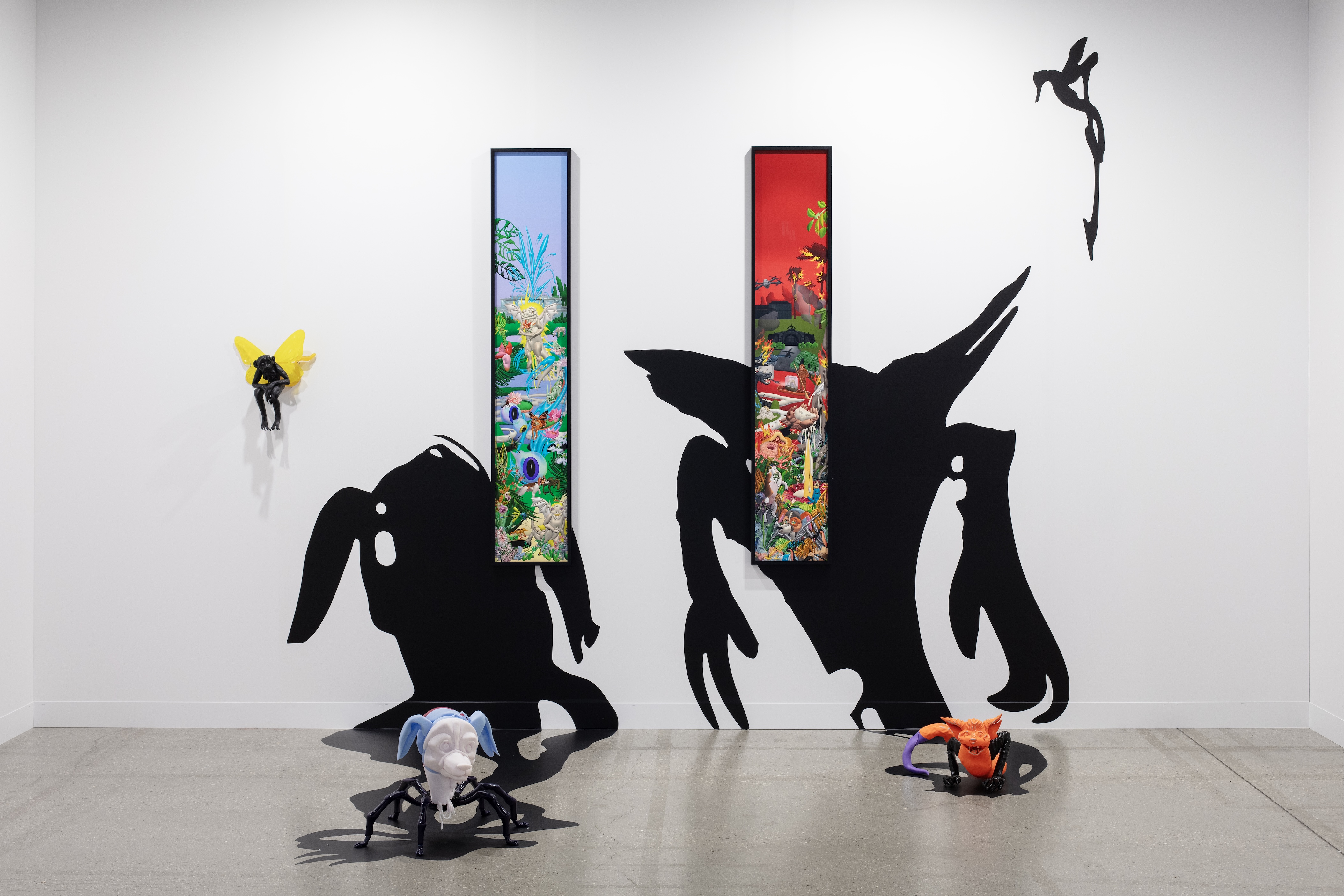
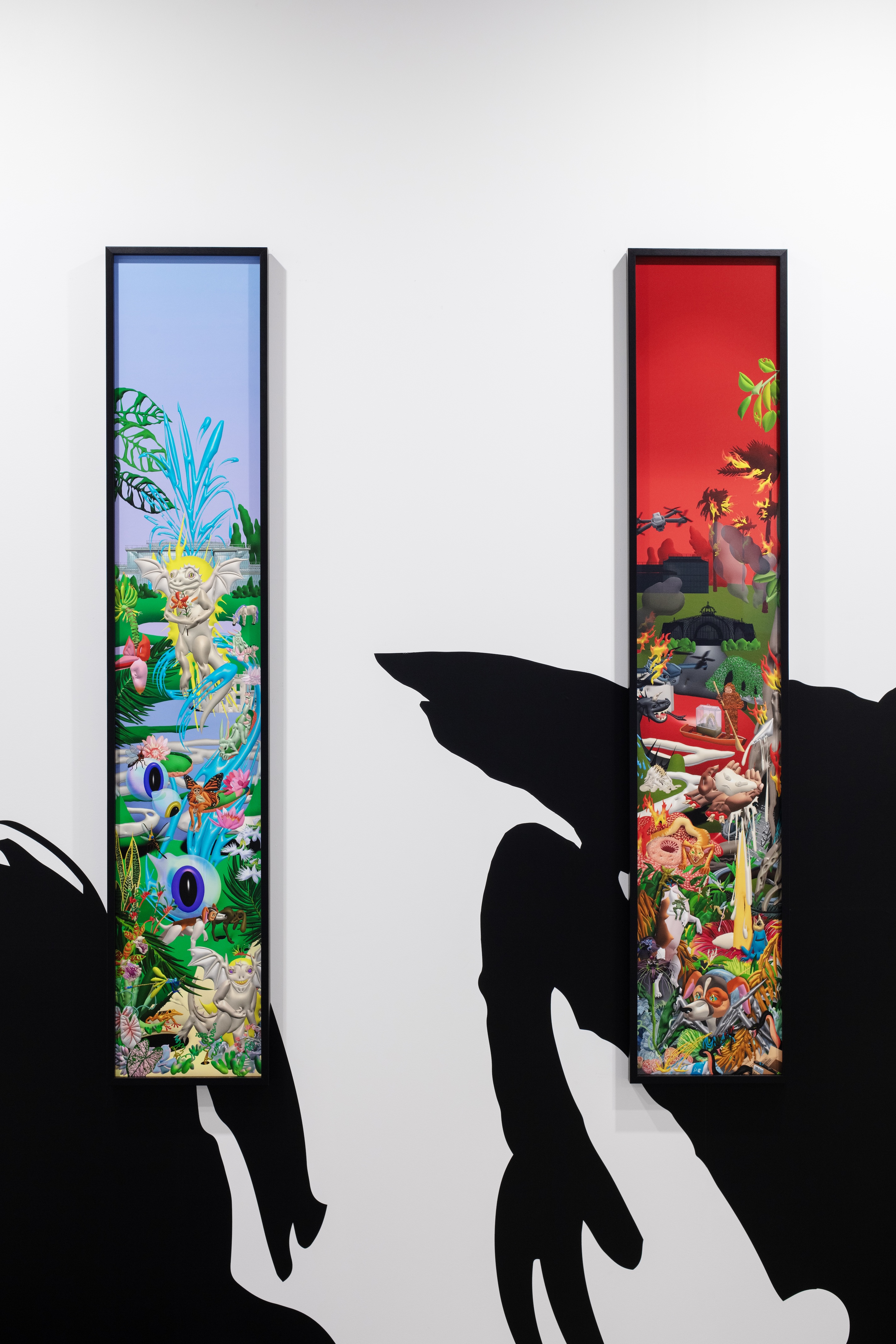
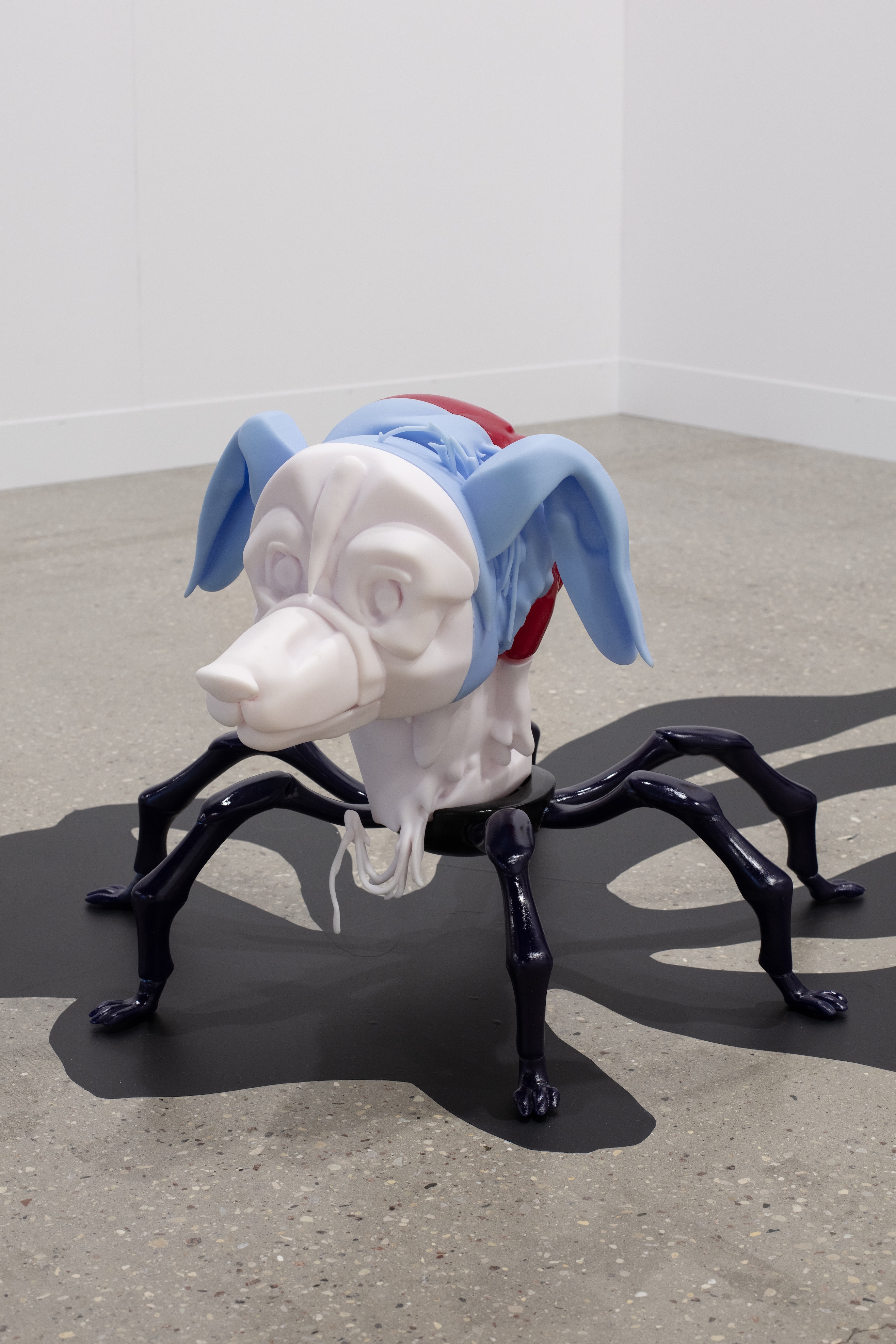

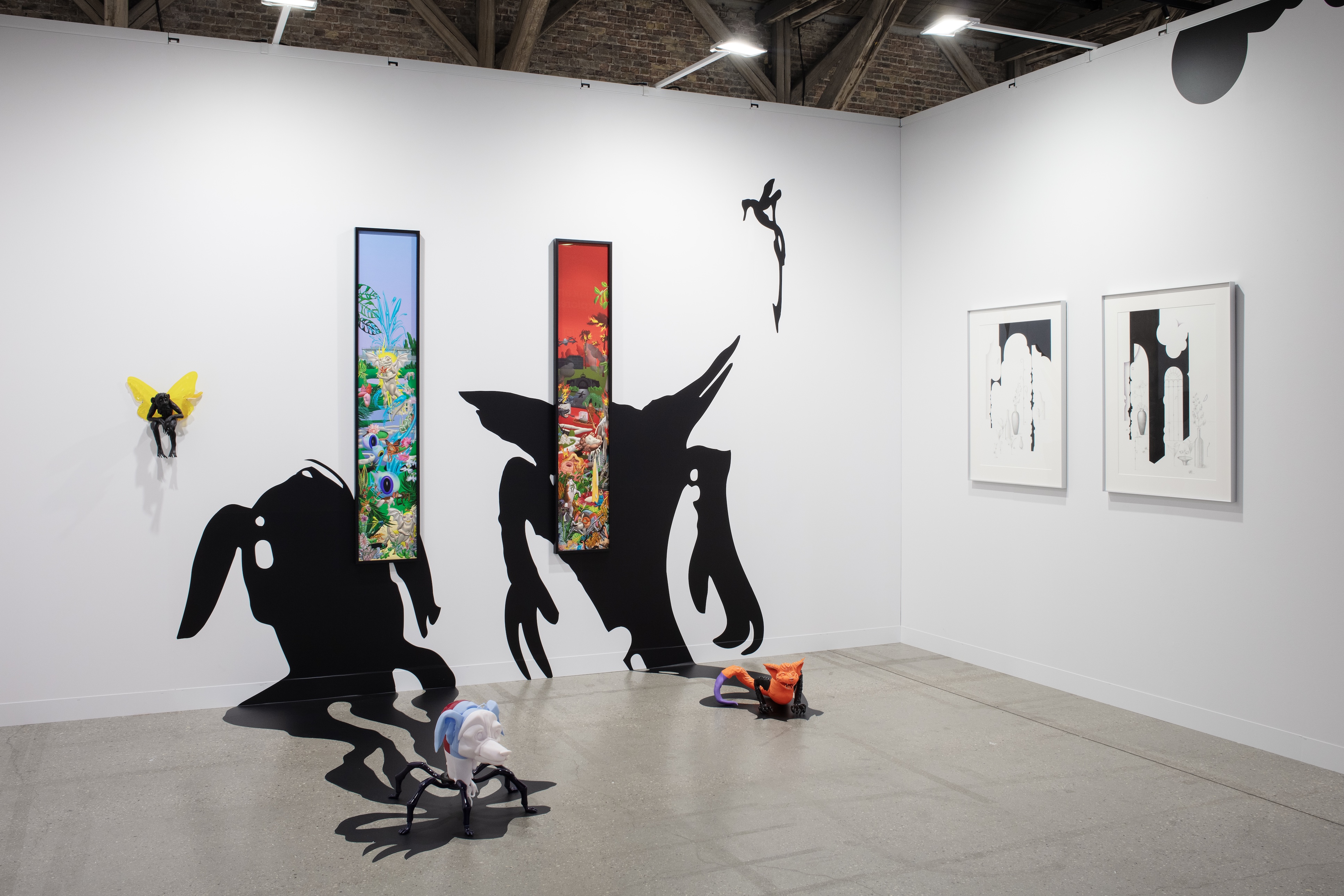
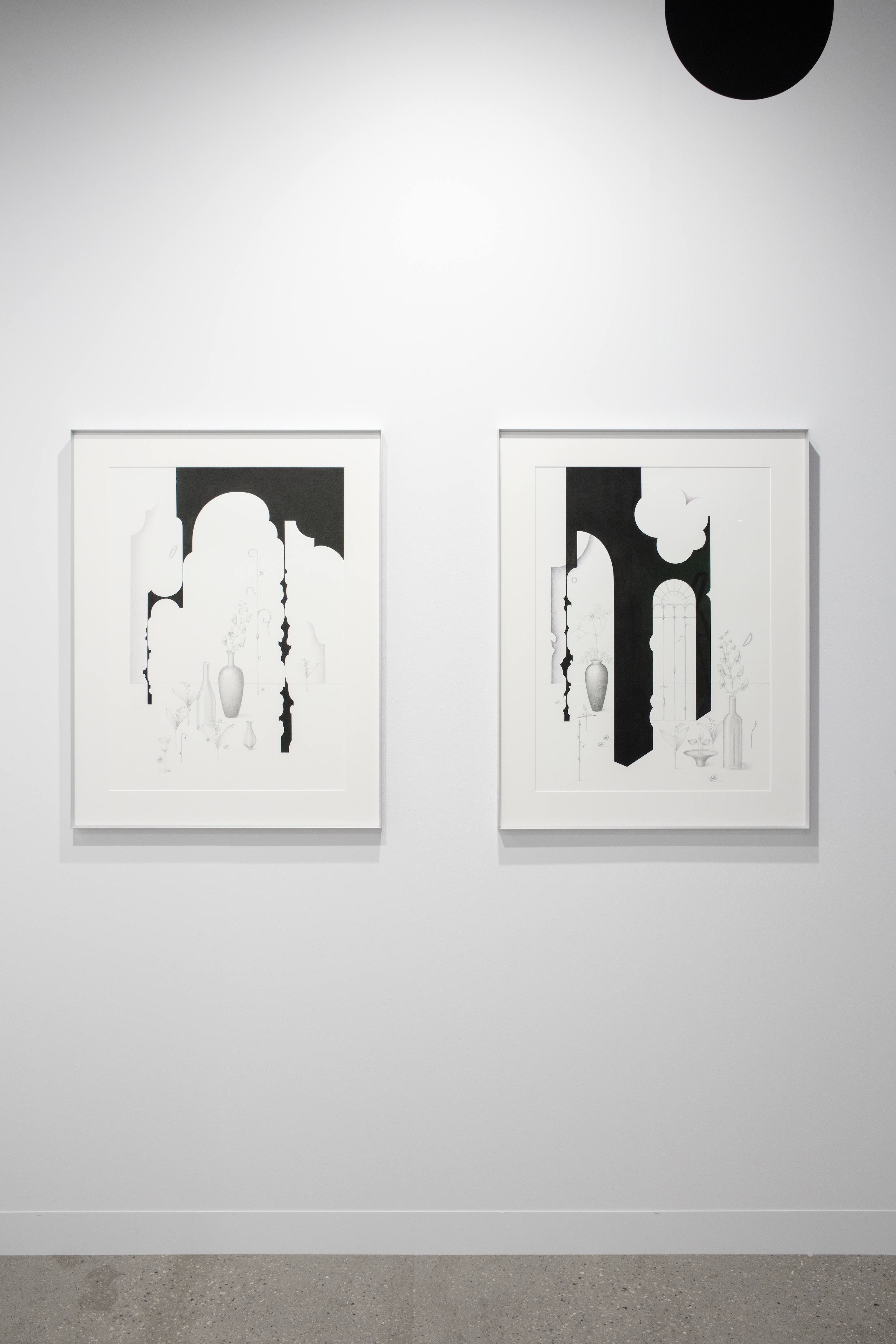
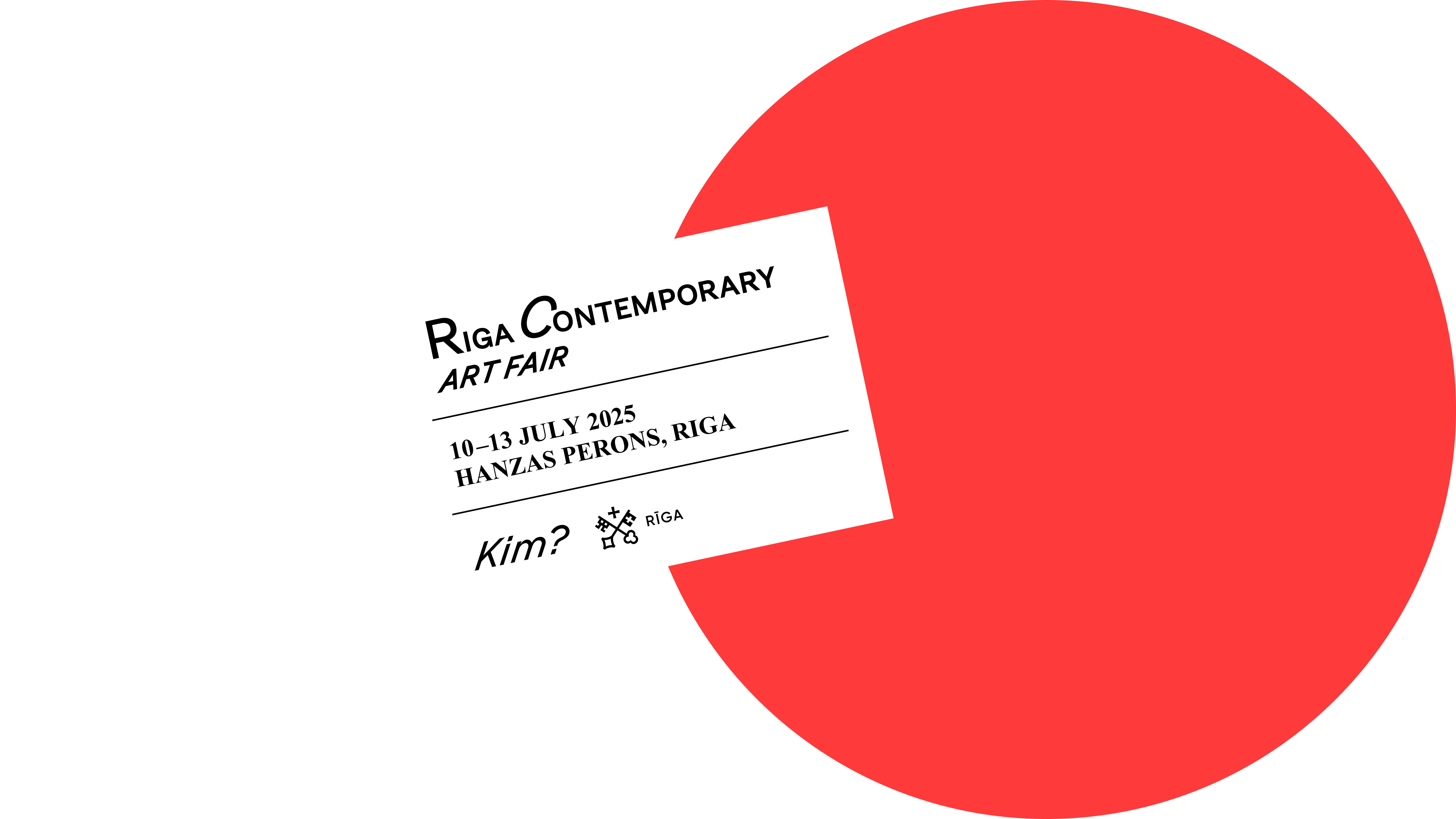


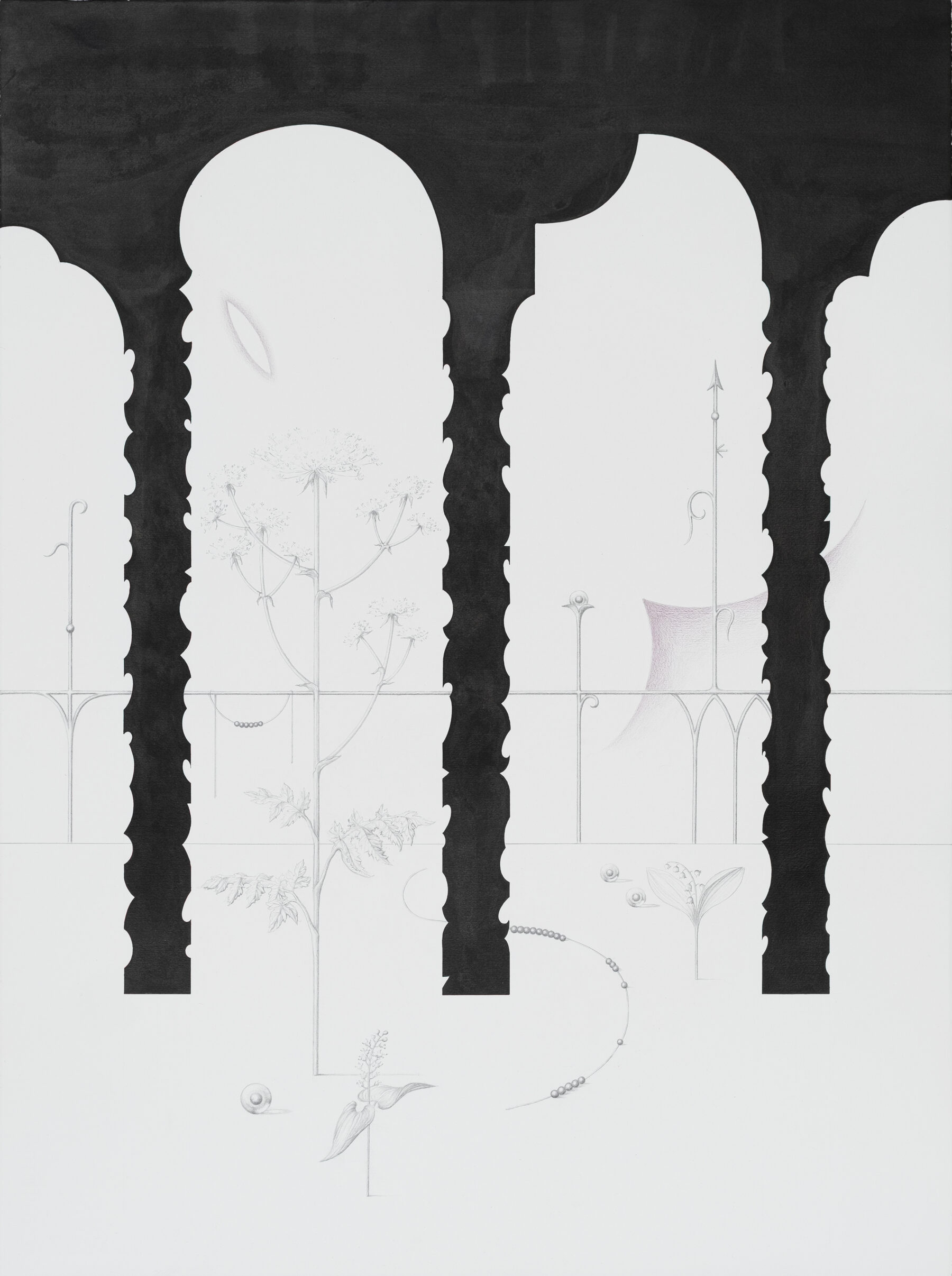
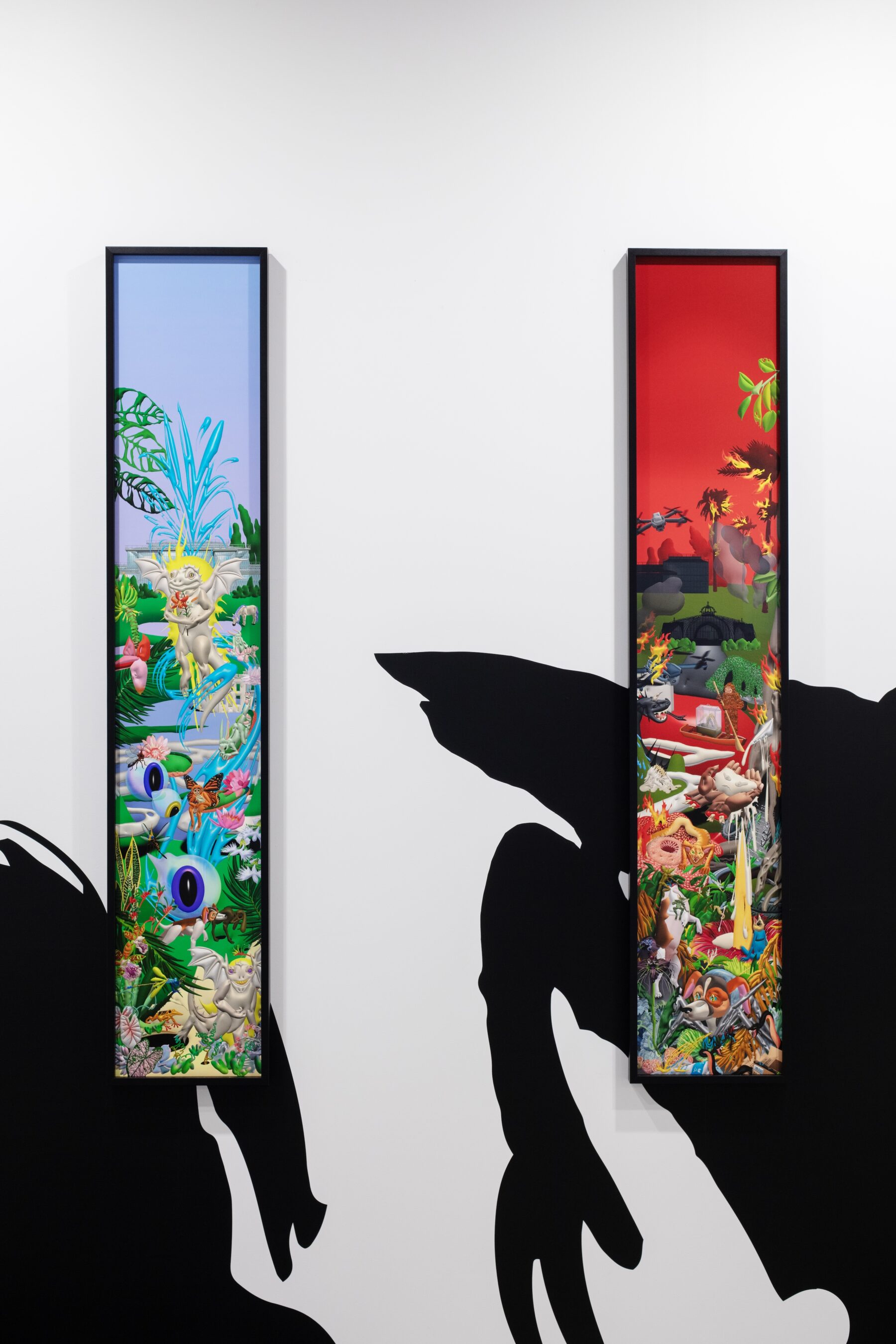
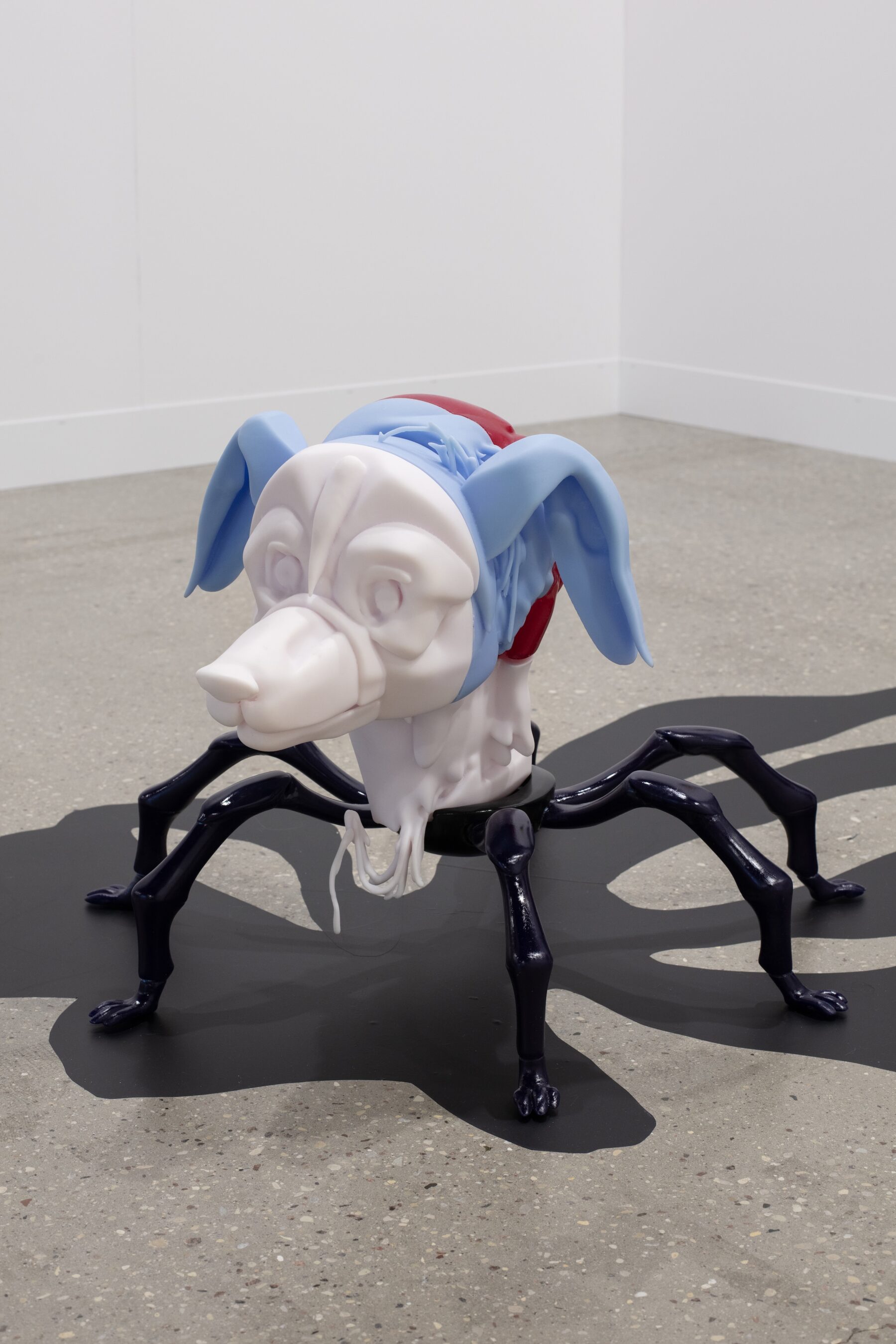
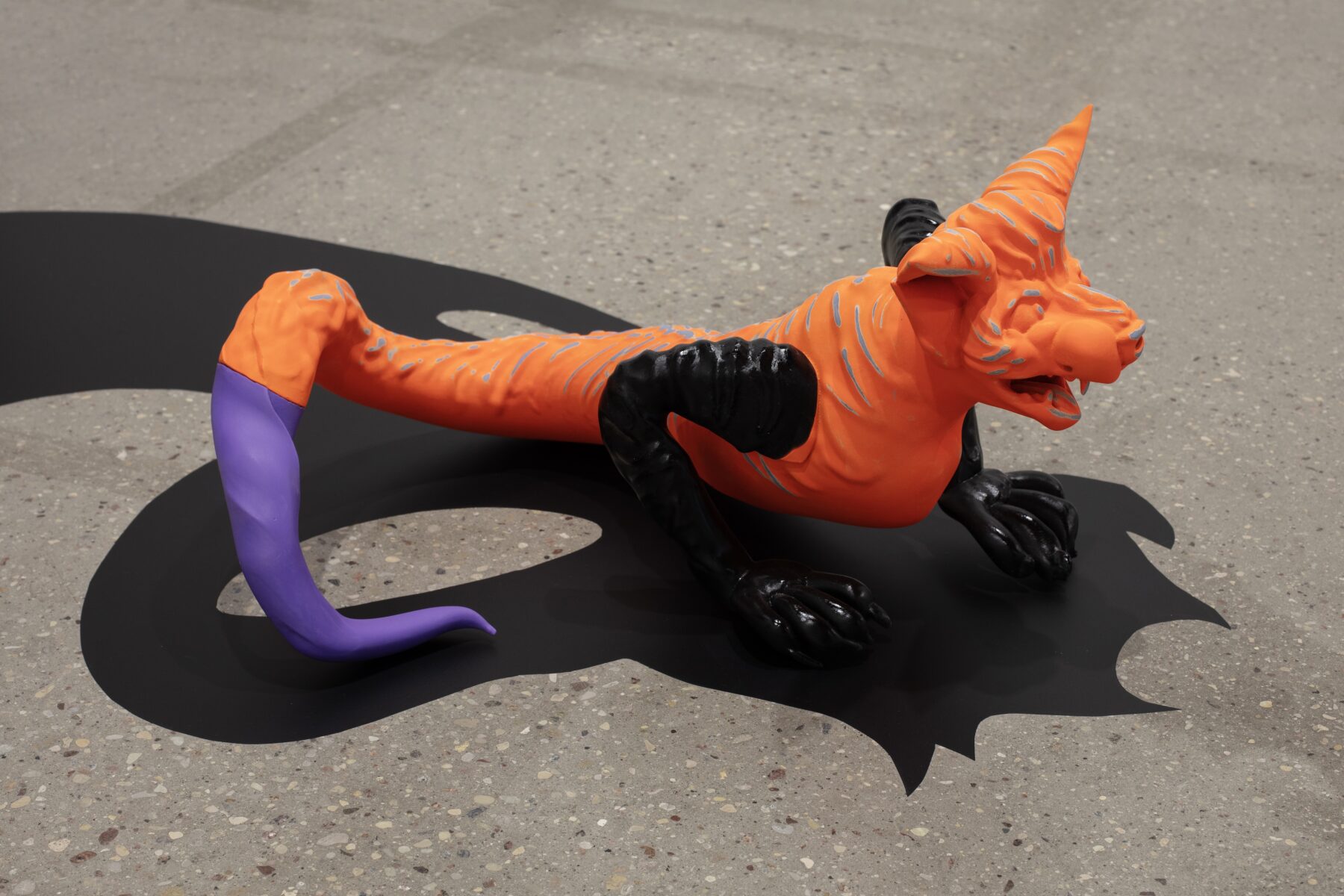
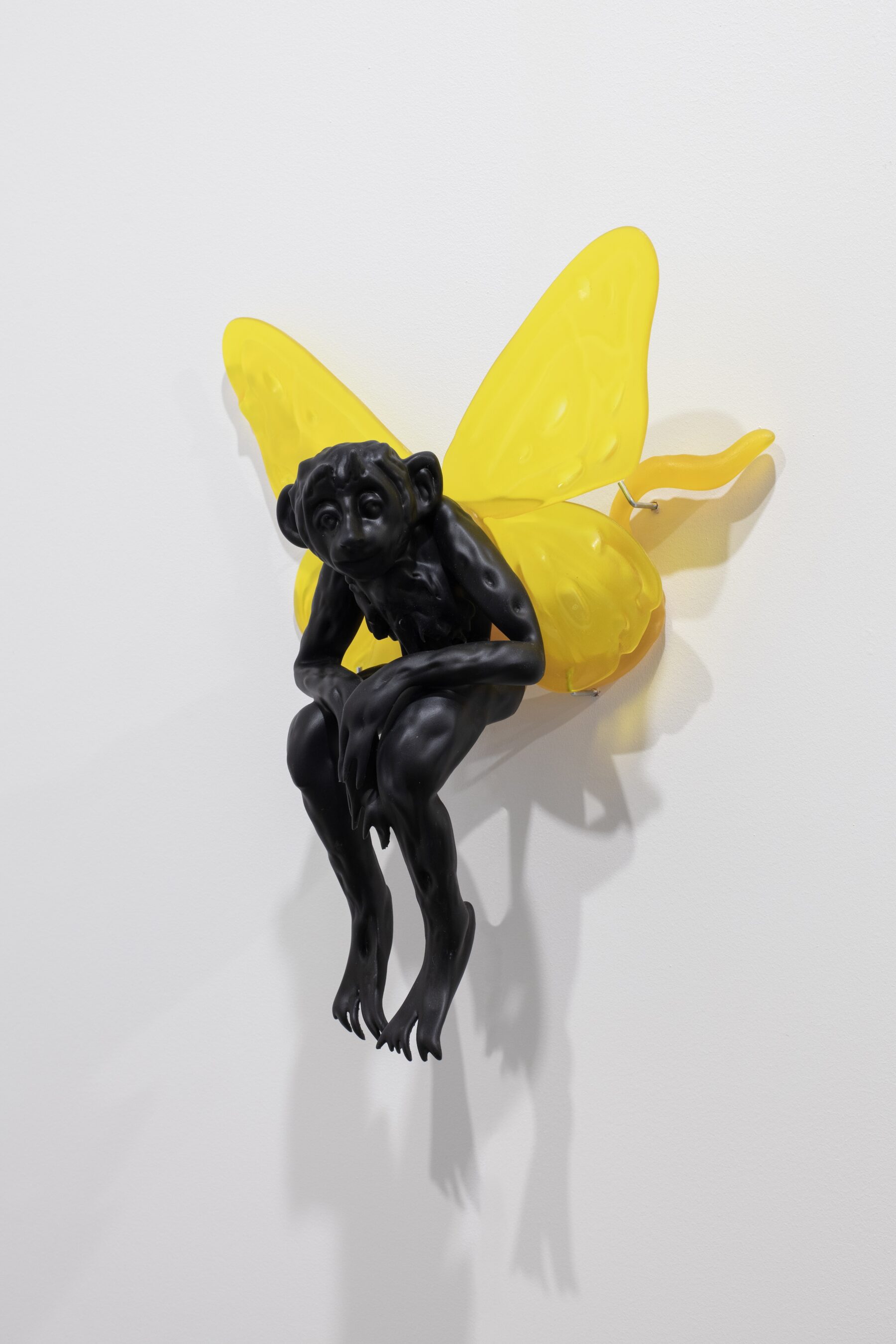
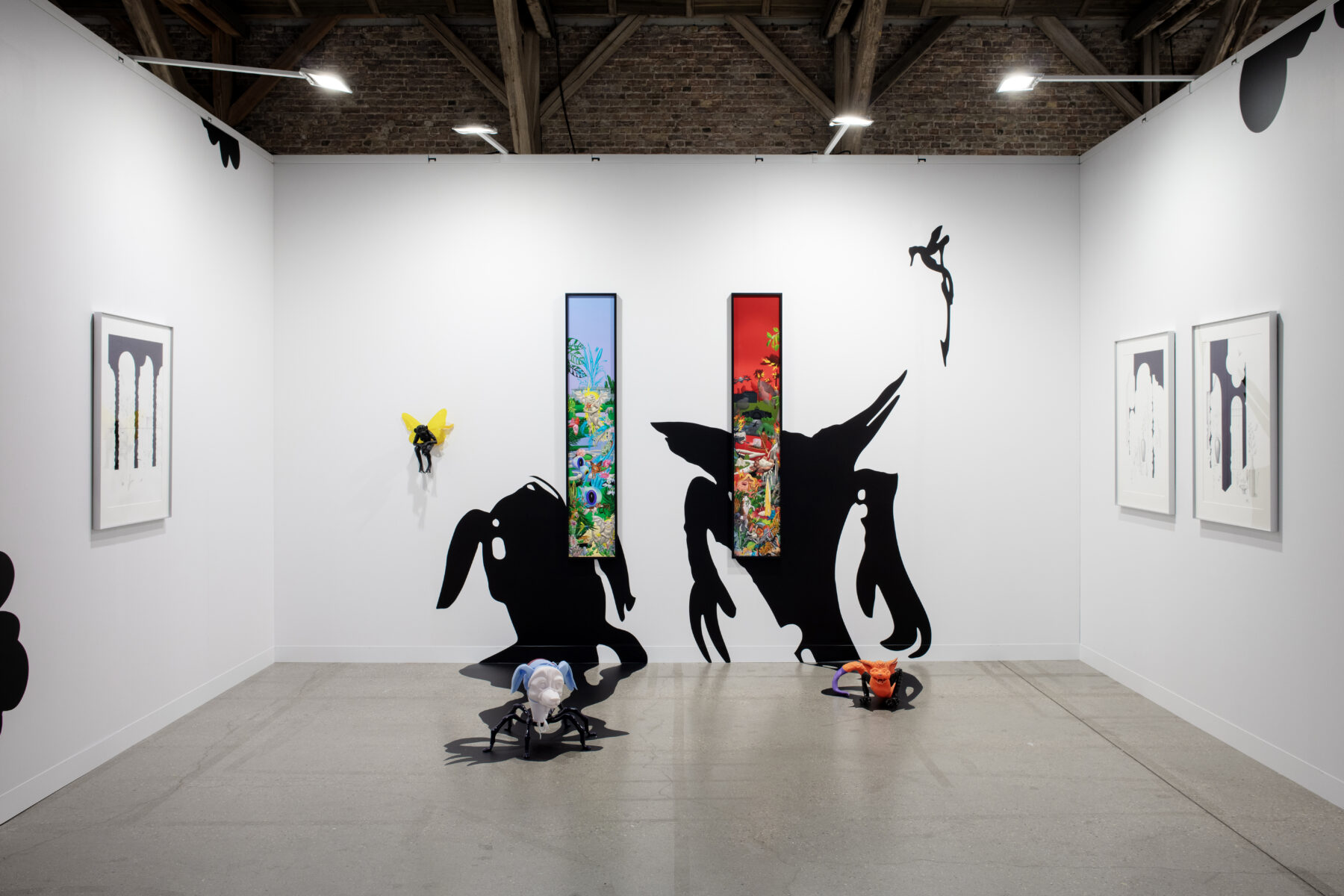

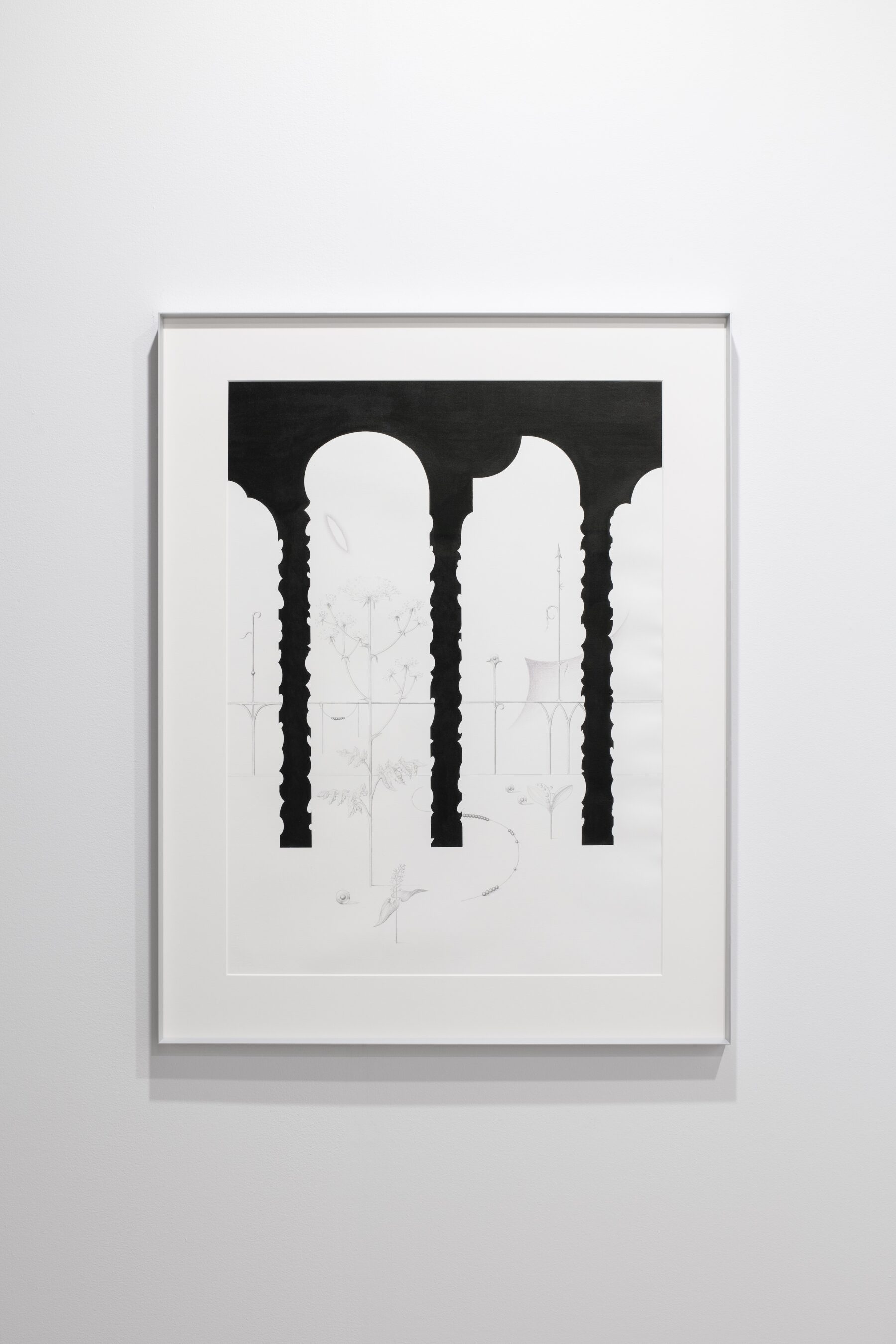
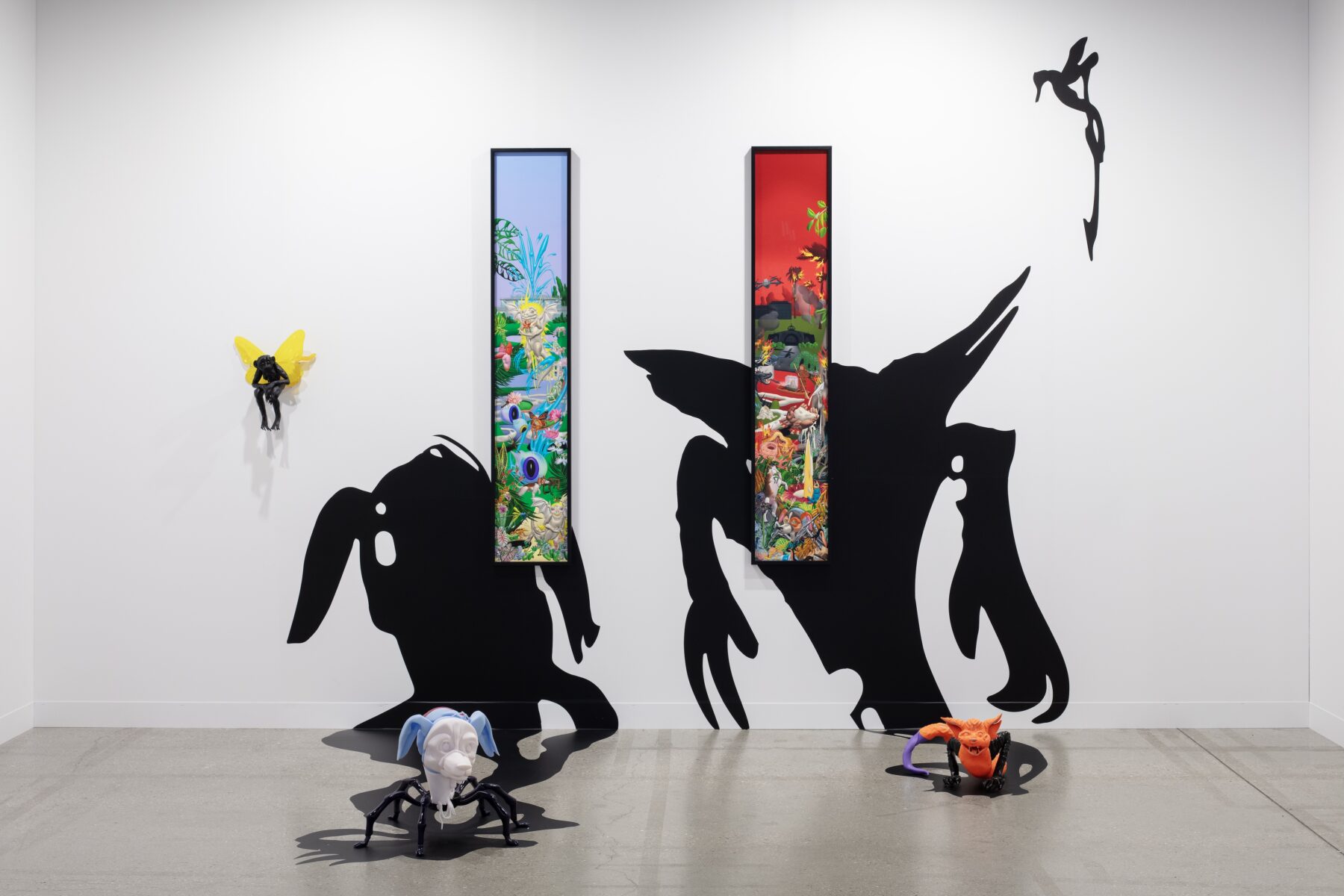

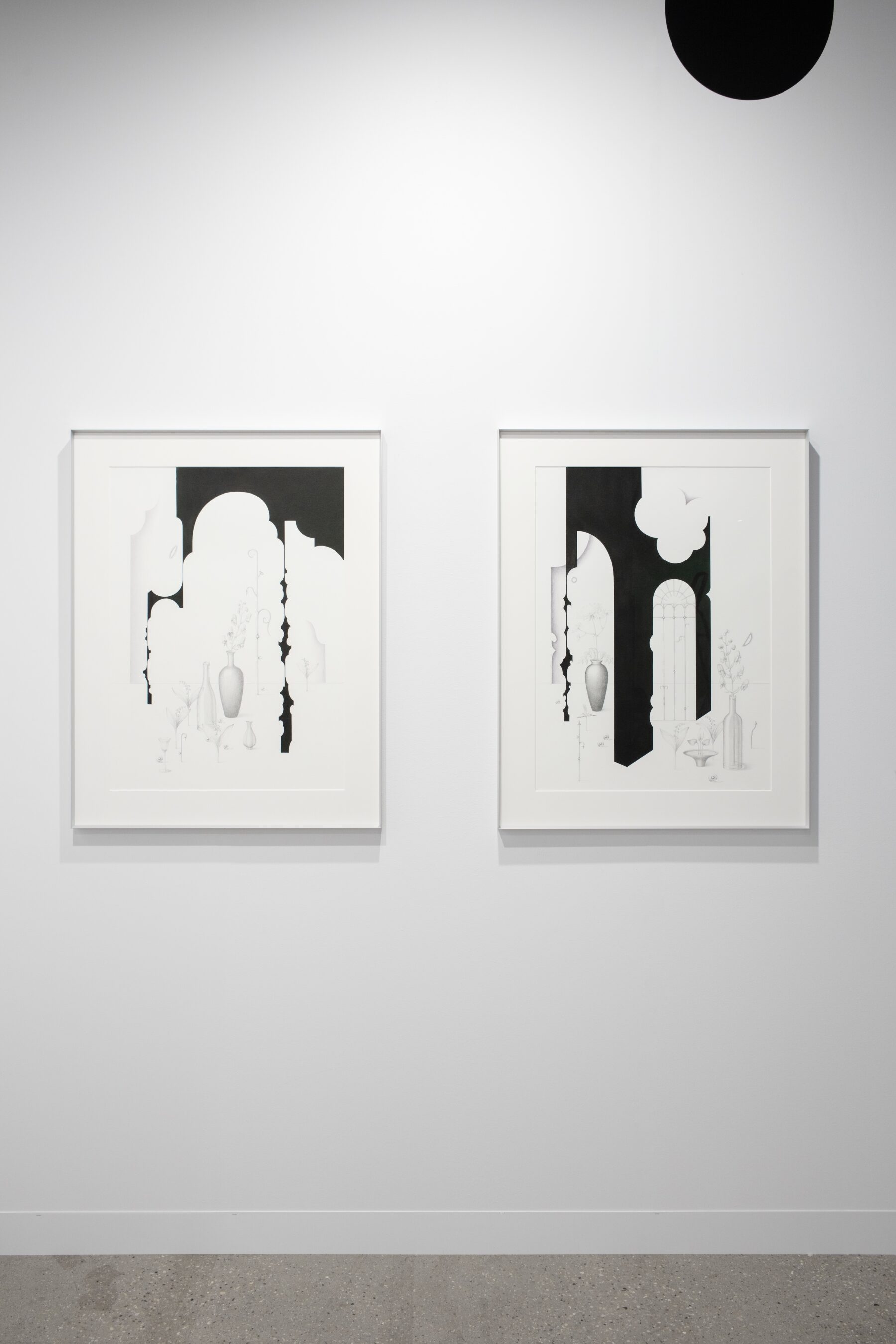

 Esther II
Esther II